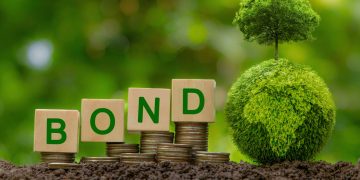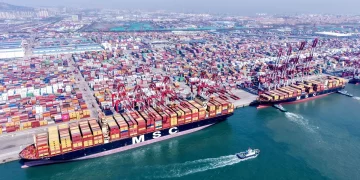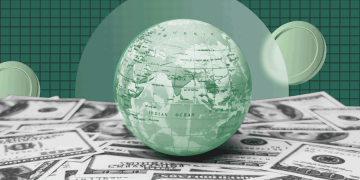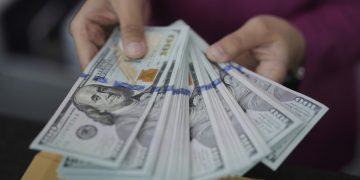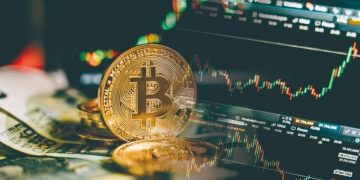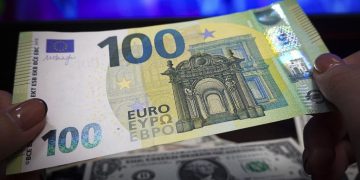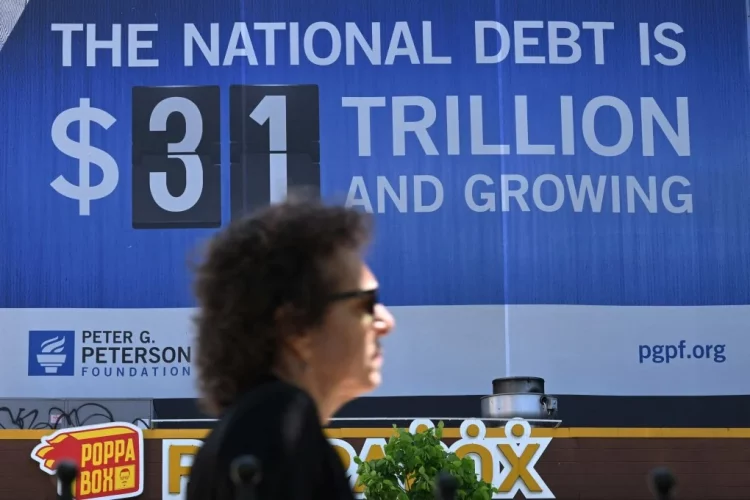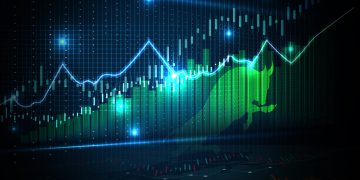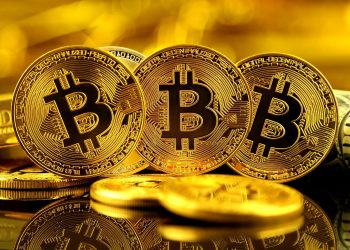Introduction:
The United States is facing an economic paradox. On the one hand, the country is experiencing relatively low unemployment, a strong stock market, and moderate economic growth. On the other hand, an ominous cloud hangs over the economy—the growing national debt. The U.S. government’s debt has been rising steadily for decades, reaching unsustainable levels that many economists argue could be the precursor to a future economic crisis.
This rising debt, combined with growing corporate and household debt, is becoming a significant concern for the country’s long-term economic stability. As debt levels soar, the risk of a debt-driven recession increases, potentially triggering a cycle of economic contraction, rising interest rates, and widespread financial instability. But what exactly does the future hold? In this article, we’ll explore the trajectory of U.S. debt, the risks it poses, and whether the U.S. can avoid a crisis or if we’re already heading toward an inevitable downturn.
Debt Trajectory:
The scale of debt in the United States is staggering. As of 2024, U.S. national debt has surpassed $32 trillion, a figure that continues to grow at an alarming pace. The problem isn’t just confined to the federal government—corporate debt and household debt are also reaching historically high levels.
U.S. Federal Debt:
The federal government‘s debt is largely a result of years of fiscal deficits, where government spending exceeds revenues. The COVID-19 pandemic triggered massive government spending in the form of stimulus packages, increasing the debt burden. While it was a necessary response to the public health and economic crises, the long-term effects are now clear. As the national debt grows, so too does the cost of servicing that debt—requiring more and more government revenue to pay interest, thereby limiting the government’s ability to fund essential services.
With interest rates rising from historical lows, the cost of debt service is expected to climb even further, leaving less room for critical public investments like infrastructure, healthcare, and education. As the government borrows more money to finance its spending, this dynamic could lead to crowding out, where public debt competes with private borrowing for capital, driving up interest rates across the economy.
Corporate Debt:
On the corporate side, debt levels have also soared. The rise of cheap borrowing costs in the years following the 2008 financial crisis encouraged businesses to take on more leverage to fuel expansion. However, as interest rates rise to combat inflation, corporate debt servicing costs are also increasing. This can strain corporate balance sheets, particularly for businesses that have taken on high levels of debt to fund buybacks, acquisitions, or other growth strategies.
The looming risk is that rising interest rates will lead to higher borrowing costs, making it difficult for companies, especially those with weaker financial positions, to refinance their debt. Companies in capital-intensive industries or those with thin profit margins could be particularly vulnerable, leading to a wave of corporate defaults if the economy falters.
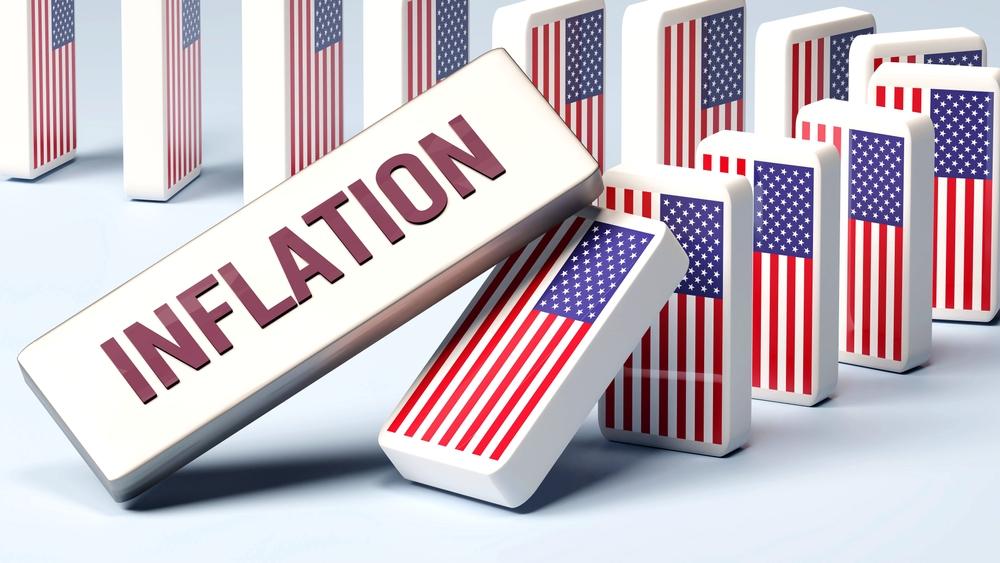
Household Debt:
At the same time, U.S. households are also carrying record amounts of debt. From student loans and credit cards to mortgages and auto loans, Americans are increasingly relying on debt to maintain their standard of living. As interest rates rise, consumers face higher monthly payments on their outstanding loans, leading to a potential reduction in consumer spending—a critical component of U.S. economic growth.
Higher debt servicing costs could lead to delinquencies and defaults, particularly among low-income and middle-class households. This could cause a ripple effect, weakening consumer confidence and leading to lower demand for goods and services, further exacerbating the economic slowdown.
Recession Risks:
The current state of U.S. debt presents several risks, particularly in the form of a potential recession. As interest rates continue to rise, debt-servicing costs will also increase for both the government and private sector. This could create a vicious cycle that is difficult to break, potentially triggering a recession. Here’s how the process could unfold:
- Rising Interest Rates: To combat high inflation, the Federal Reserve has been raising interest rates, making borrowing more expensive. Higher interest rates increase the cost of servicing both public and private debt, reducing disposable income for households and increasing pressure on corporations. For the government, higher interest rates mean higher debt servicing costs, crowding out potential spending on other areas of the economy.
- Reduced Government Spending: As the debt burden grows, the government may be forced to reduce fiscal spending to avoid further increasing the deficit. This could lead to austerity measures or cuts in social programs, which could stifle economic growth. The combination of rising debt costs and reduced government spending could tip the economy into a recession.
- Corporate Defaults and Layoffs: With rising interest rates and inflation eroding profit margins, companies may be forced to cut costs. This could include layoffs, salary cuts, or delayed investments in expansion. If the corporate sector starts to struggle, this will affect employment levels and consumer confidence, leading to a slowdown in demand and potentially triggering a broader recession.
- Default Risk: Rising debt levels across all sectors increase the risk of defaults—both in the public and private spheres. If there is a significant default, particularly in the government bond market, it could lead to a financial crisis. Bondholders may panic, leading to a liquidity crunch and forcing the Fed to step in with drastic measures.
The Role of the Fed:
The Federal Reserve plays a pivotal role in the U.S. economy, especially in managing inflation and regulating monetary policy. In recent years, the Fed’s approach has been to lower interest rates and use quantitative easing to stimulate the economy. While these policies helped prevent a deeper recession after the 2008 financial crisis and supported recovery from the pandemic, they have also contributed to the current debt problems.
To manage the soaring national debt, the U.S. has relied on monetary stimulus—keeping interest rates low and encouraging borrowing. However, this also fueled inflation, which the Fed is now trying to control by raising interest rates. As the Fed hikes rates to cool inflation, it faces a dilemma: on one hand, it needs to control inflation, but on the other hand, it risks stifling growth and escalating the debt crisis.
The Fed’s ability to keep inflation in check while maintaining economic growth is crucial. However, if interest rates rise too quickly or too far, the economy could experience a sharp slowdown, potentially triggering a recession. Conversely, if the Fed does not raise rates enough, inflation could remain high, further escalating the debt crisis.
Outlook:
As the debt levels continue to climb, the U.S. economy is at a crossroads. Can the U.S. navigate a debt crisis without triggering a recession, or is a downturn inevitable? The outcome largely depends on how policymakers manage the economy in the coming years. Key factors include:
- Debt Reduction Efforts: Whether the government can reduce its fiscal deficit and slow the growth of national debt through targeted spending cuts or tax increases.
- Inflation Management: How well the Fed can manage inflation without driving the economy into a recession.
- Corporate Resilience: The ability of U.S. businesses to adapt to higher interest rates and inflation without resorting to widespread layoffs or defaults.
- Consumer Behavior: Whether consumers can weather higher debt servicing costs without drastically cutting spending.
In conclusion, while the U.S. economy is not necessarily headed for an immediate debt-driven crisis, the risks of such a scenario are growing. The rise in debt across all sectors—government, corporate, and household—has created a fragile economic environment. Without effective debt management, sustainable fiscal policies, and prudent monetary policy, the U.S. may indeed be facing the prospect of a debt-driven recession in the near future.


